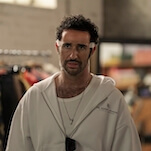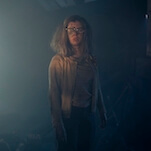Teen Wolf stumbled in the first half of season three by introducing flimsy external antagonists as the main threats to its core characters, then wrapping those antagonists in a haze of convoluted mythology. The narrative was so deeply obtuse at times that it almost seemed like a noble, avant garde experiment, if avant garde experiments routinely came impeccably wardrobed and scored to the latest trendy pop song. The writers turned the threat inward for the second half of the season, making the intelligent decision to turn “Stiles” Stilinski (Dylan O’Brien), the show’s most reliable character played by its most accomplished cast member, into the season’s main threat.
The clever thing about Stiles’ slow descent into villainy is how tempered with personal horror it has been. It isn’t just that Stiles is being possessed by a nogitsune, a nefarious trickster who uses his form to inflict pain and chaos upon everyone around him. It’s that the real Stiles, the sweet, loyal, stalwart Stiles, is trapped in there with him. He’s his very own, unwilling Dr. Jekyll and Mr. Hyde, and the only way anyone knows how to stop the nogitsune half of Stiles is to also kill the very alive, very human side. It creates an immediate, palpable narrative tension that the season-long arc sorely needs, especially when the narrative takes its usual random Teen Wolf jaunts away from Stiles’ central for tangents like a flashback episode set entirely in a WWII-era Japanese internment camp.
But the reason this story really works—and the reason the season as a whole has been such an improvement—is the impeccable work of Dylan O’Brien. Although merely the human best friend of the titular teen werewolf, Scott (Tyler Posey), O’Brien has long been Teen Wolf’s not-so-secret weapon, equally able to deliver comic relief and emotional dramatic moments. Rarely has a secondary lead become so important to the very fabric of a show like O’Brien has become here, and he makes the most of his expanded role in season three, diving into the juicy, scenery-gnawing bad-guy facets of the nogitsune just as willingly as the emotionally exhausted good guy terror of Stiles’ mental deterioration. There are entire episodes of this season the writers simply place squarely on O’Brien’s shoulders, and he bears the burden with ease.
While O’Brien’s nogitsune arc is the obvious high point of the season, there is also something interesting happening around the edges. Teen Wolf has always been very willing to casually murder a bad guy or two, or sacrifice a tertiary character to the altar of the intense supernatural shenanigans that surround these characters. For the first time, though, the show decided to kill off one of the core characters, female lead Allison (Crystal Reed). It’s a bold choice that simultaneously takes some of the uncertainty out of how Stiles’ nogitsune arc will end—as the show likely wouldn’t kill two lead characters in a two-episode span—and opens up a whole new, deeper storytelling world for the future.
Up until this point, Teen Wolf was a show about teenagers surrounded at all times by extreme supernatural horror that completely usurped their normal lives. Despite this constant terror, it always maintained a sort of dream-like quality, like one of the nightmares that opened this season. Now, with Allison dead and Stiles overtaken by evil, this supernatural horror has suddenly taken on a vividly sadistic, personal edge. The characters might still be teens, but these events mean they’re inevitably going to be forced to grow up, and quick. It’s a good thing Teen Wolf is growing up with them.










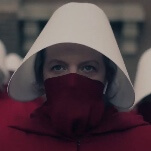


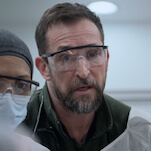

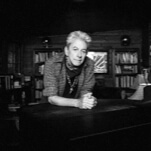



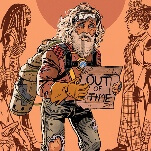








![Rob Reiner's son booked for murder amid homicide investigation [Updated]](https://img.pastemagazine.com/wp-content/avuploads/2025/12/15131025/MixCollage-15-Dec-2025-01-10-PM-9121.jpg)








